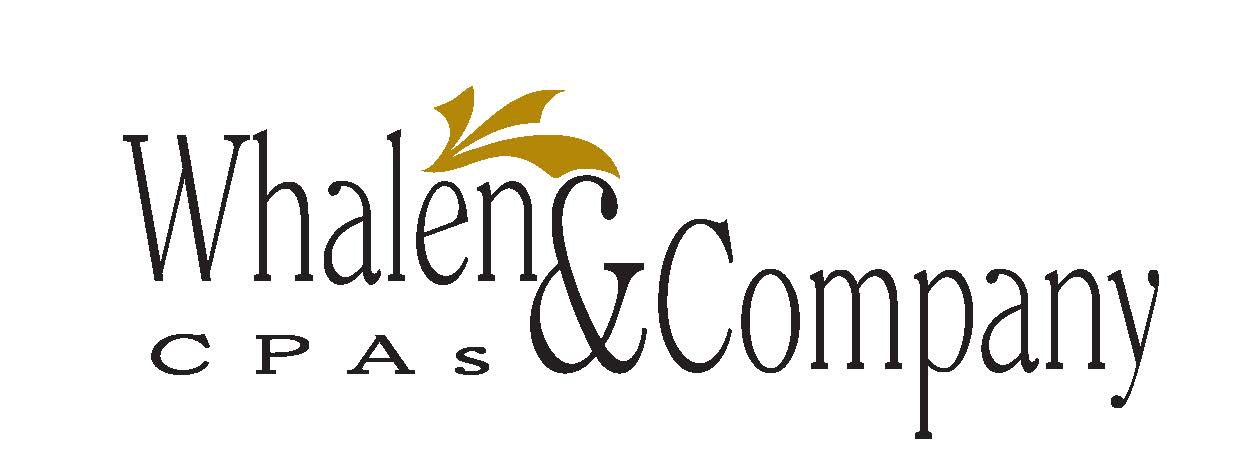Whalen & Company, CPAs Expands Staff
WORTHINGTON, Ohio – Whalen & Company, CPAs recently added the following individuals to its team:
Andrea Brocksmith – Client Service Associate
As a member of Whalen’s Accounting Department, Brocksmith performs accounts payable and bookkeeping services for a specialized group of clients.
Larry Havens, CPA, CVA, CGMA – Senior Audit Consultant
Havens brings excellent technical ability and engagement management to Whalen’s Audit Department. He works closely with clients and manages a number of audits and special projects.
Adam Hooser – Client Service Associate
As a member of Whalen’s Assurance Department, Hooser performs various accounting tasks such as bank reconciliations and journal entries. He also assists with audits and reviews.
Cynthia Keith – Client Service Associate
As a member of Whalen’s Simplibooks division, Keith assists clients with their QuickBooks accounting.
Irma Wilhite, CPA, MST – Accounting and Tax Specialist
Wilhite performs various accounting and tax functions for Whalen’s Accounting Department. She works closely with a specialized group of clients and mentors and trains staff on client engagements.




 Tax credits can be especially valuable because they reduce taxes dollar-for-dollar; deductions reduce only the amount of income that’s taxed. A couple of credits are available for higher education expenses:
Tax credits can be especially valuable because they reduce taxes dollar-for-dollar; deductions reduce only the amount of income that’s taxed. A couple of credits are available for higher education expenses: